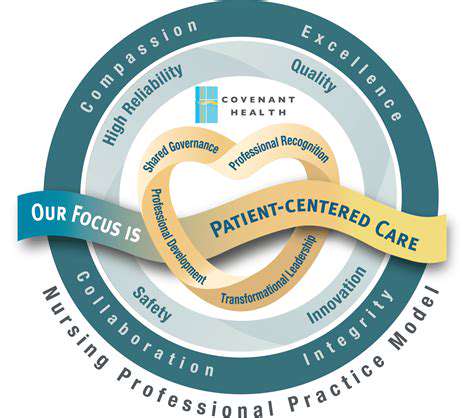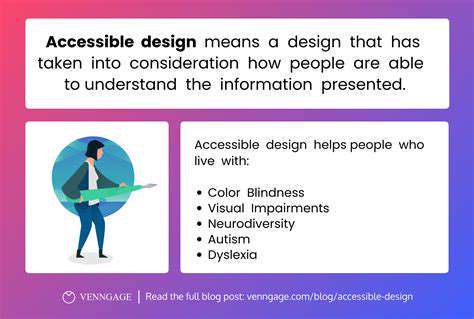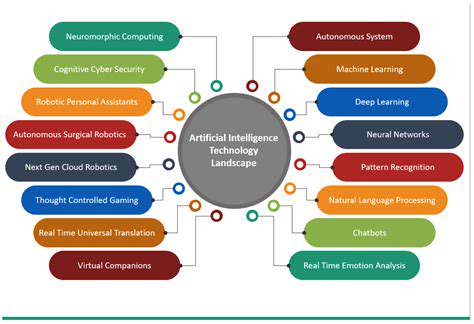Guide to Senior Dog Health Care
Addressing Cognitive Dysfunction and Behavioral Changes
Understanding Cognitive Dysfunction in Seniors
Cognitive changes in older dogs unfold like fog gradually rolling across a familiar landscape. What was once clear becomes obscured in unpredictable patterns, leaving both dog and owner navigating unfamiliar terrain. These shifts involve more than memory - they affect how the world is perceived, processed, and responded to moment by moment.
The progression varies as uniquely as individual personalities. Some dogs experience mild confusion at twilight hours, while others face more significant challenges in recognizing once-familiar people or places. These changes demand our patience and creativity as we learn to communicate in new ways with our aging companions.
Behavioral Changes Associated with CCDS
Behavioral shifts often serve as the most visible signals of cognitive changes. Nighttime restlessness might reflect disrupted circadian rhythms, while increased vocalization could indicate difficulty processing environmental stimuli. House soiling accidents frequently stem from forgotten training rather than deliberate actions, requiring compassionate problem-solving rather than correction.
Some dogs develop new anxieties while others seem to withdraw. These behaviors represent attempts to cope with a world that feels increasingly confusing. Interpreting them as communication rather than misbehavior transforms how we respond, leading to more effective support strategies.
Impact on Daily Life and Socialization
Routines become lifelines for dogs experiencing cognitive changes. Predictable schedules for feeding, walks, and sleep provide much-needed structure in an increasingly unpredictable mental landscape. Social interactions may require modification - some dogs benefit from quieter, more controlled encounters rather than the boisterous play they once enjoyed.
The emotional impact on human caregivers can be profound. Watching a beloved companion struggle with confusion or anxiety tests our patience and compassion. Support groups and veterinary behaviorists can provide invaluable guidance during these challenging transitions.
Diagnostic Considerations and Veterinary Evaluation
Thorough evaluation separates cognitive dysfunction from other treatable conditions. Blood tests reveal systemic issues like thyroid imbalances that can mimic dementia symptoms. Neurological exams assess reflexes and responses that might indicate problems beyond normal aging. This diagnostic process, while sometimes lengthy, ensures that treatment targets the actual underlying causes.
Management Strategies for Cognitive Dysfunction
Effective management combines environmental adaptation with targeted interventions. Night lights can ease disorientation in dark hours, while pheromone diffusers may reduce anxiety. Food puzzles engage fading cognitive skills, turning meals into brain exercises. Some dogs benefit from medications that improve cerebral blood flow or neurotransmitter function, much as some humans benefit from dementia treatments.
The physical environment often needs thoughtful modification. Baby gates can prevent accidents in hard-to-clean areas, while non-slip surfaces help with coordination challenges. These adjustments honor the dog's current abilities while minimizing frustration for both pet and owner.
Importance of Patience and Compassionate Care
Caring for a cognitively changing dog resembles tending a delicate garden - it requires consistent attention, gentle handling, and acceptance of natural processes we can't reverse. Celebrating small victories becomes crucial - the remembered command, the peaceful night's sleep, the moments of clear connection that still shine through the fog.
This journey, while challenging, offers unexpected gifts. It teaches us about presence, about loving without expectation of reciprocation in familiar ways, about finding joy in whatever level of connection remains possible. These lessons in unconditional love often become our dogs' final and most profound teachings.
Read more about Guide to Senior Dog Health Care
Hot Recommendations
- Top Dog Treats That Are Healthy
- Feeding Your Small Animal: Safe Foods
- How to Teach Your Dog to Play Fetch
- Heartwarming Stories of Pets in Retirement Homes
- How to Teach Your Dog to Leave It
- My Pet's First Snow Experience [Story]
- Review: [Specific Brand] Pet Water Fountain
- Guide to Dealing with Aggression in Dogs
- Guide to Using Positive Reinforcement in Training
- Living with a Pet Who Loves the Outdoors

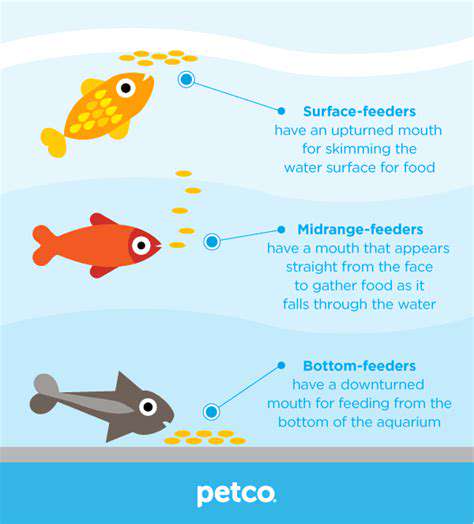
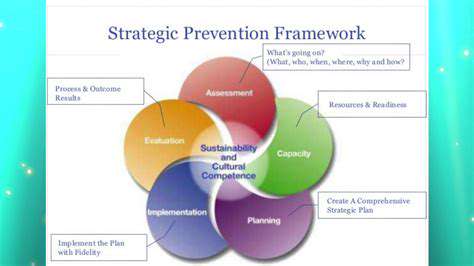
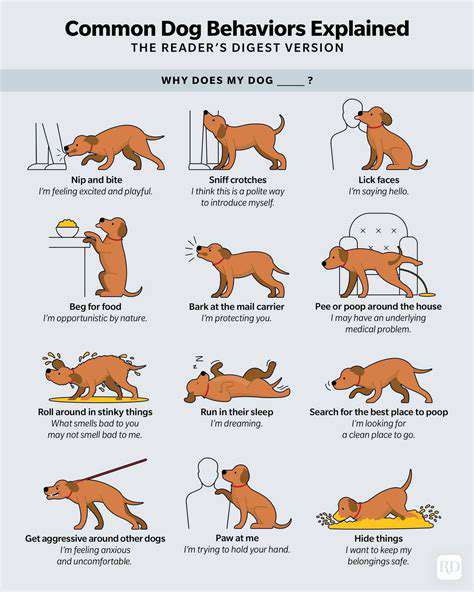

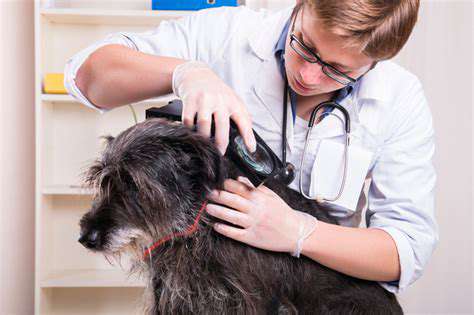
![A Day in the Life of My [Pet's Name]](/static/images/33/2025-05/BreakfastofChampions28or2CatLeast2CofChampions-SizedTreats293A.jpg)
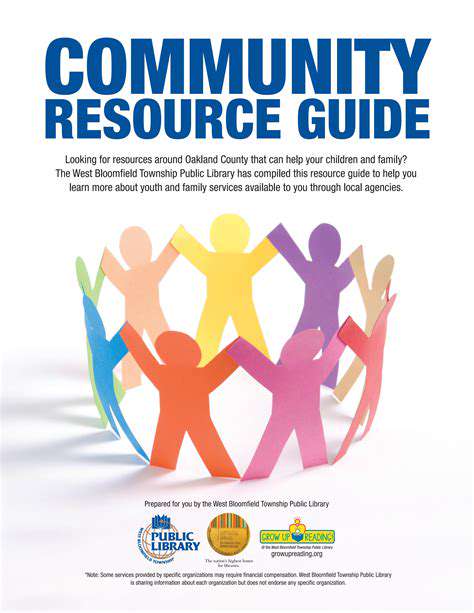
![Best Aquarium Heaters [2025 Review]](/static/images/33/2025-05/KeyFeaturestoConsider3ADurability2CSafety2CandEaseofUse.jpg)
